Just off Tuscany’s coastline lies one of Europe’s best-kept secrets: the Tuscan Archipelago. This collection of seven stunning islands – Elba, Giglio, Giannutri, Capraia, Pianosa, Montecristo, and Gorgona – forms Europe’s largest marine park.
Each island offers its own unique character. Elba, for example, is known for its rich history and beautiful beaches. Meanwhile, Montecristo and Pianosa boast pristine nature reserves.
I’ve spent countless summer days exploring these Mediterranean gems. The archipelago sits between the Ligurian and Tyrrhenian seas, creating a paradise for swimmers, hikers, and history buffs alike. Whether you’re looking for a day trip or a week-long escape, these islands provide a refreshing alternative to mainland Italy’s more crowded destinations.
My favorite aspect of island hopping in Tuscany is how accessible yet unspoiled these places remain. Regular ferries connect most islands to the mainland during summer months, though some like Montecristo require special permits to visit.
The best time to explore is between May and September when the weather is perfect for swimming and the ferry services are running at full capacity.
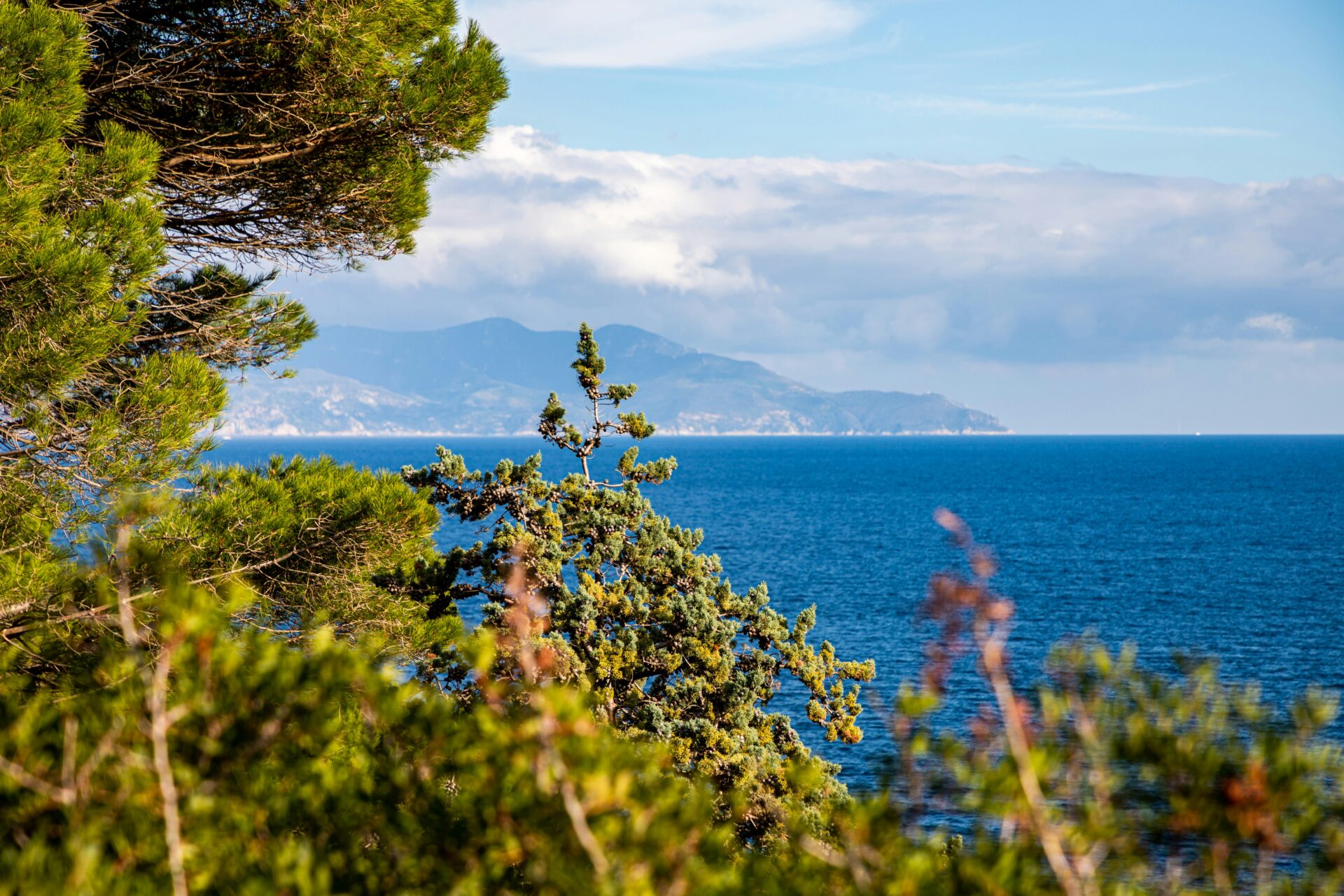
Exploring the Heart of the Archipelago
The three central islands of the Tuscan Archipelago each offer distinct experiences that capture the essence of this Mediterranean paradise. From historic harbors to untouched wilderness, these islands represent the diverse character that makes this region so captivating.
Elba: The Largest Island’s Charms
I first arrived in Portoferraio, Elba’s main port, on a bright spring morning when the harbor was bathed in golden light. This island, famous as Napoleon’s place of exile, surprised me with its variety of landscapes within just 224 square kilometers.
The beaches here range from golden sand to unique black pebbles, with crystal clear waters perfect for snorkeling. My favorite spot was Porto Azzurro, a charming fishing village with colorful houses and seafood restaurants serving the day’s catch.
For adventure seekers, hiking up Monte Capanne (the highest peak at 1,019 meters) is a must. I took the cable car part way but recommend the full hike for breathtaking 360° views of the entire archipelago.
Elba’s wineries also deserve exploration, with local Aleatico wines offering a sweet finish to any island day.
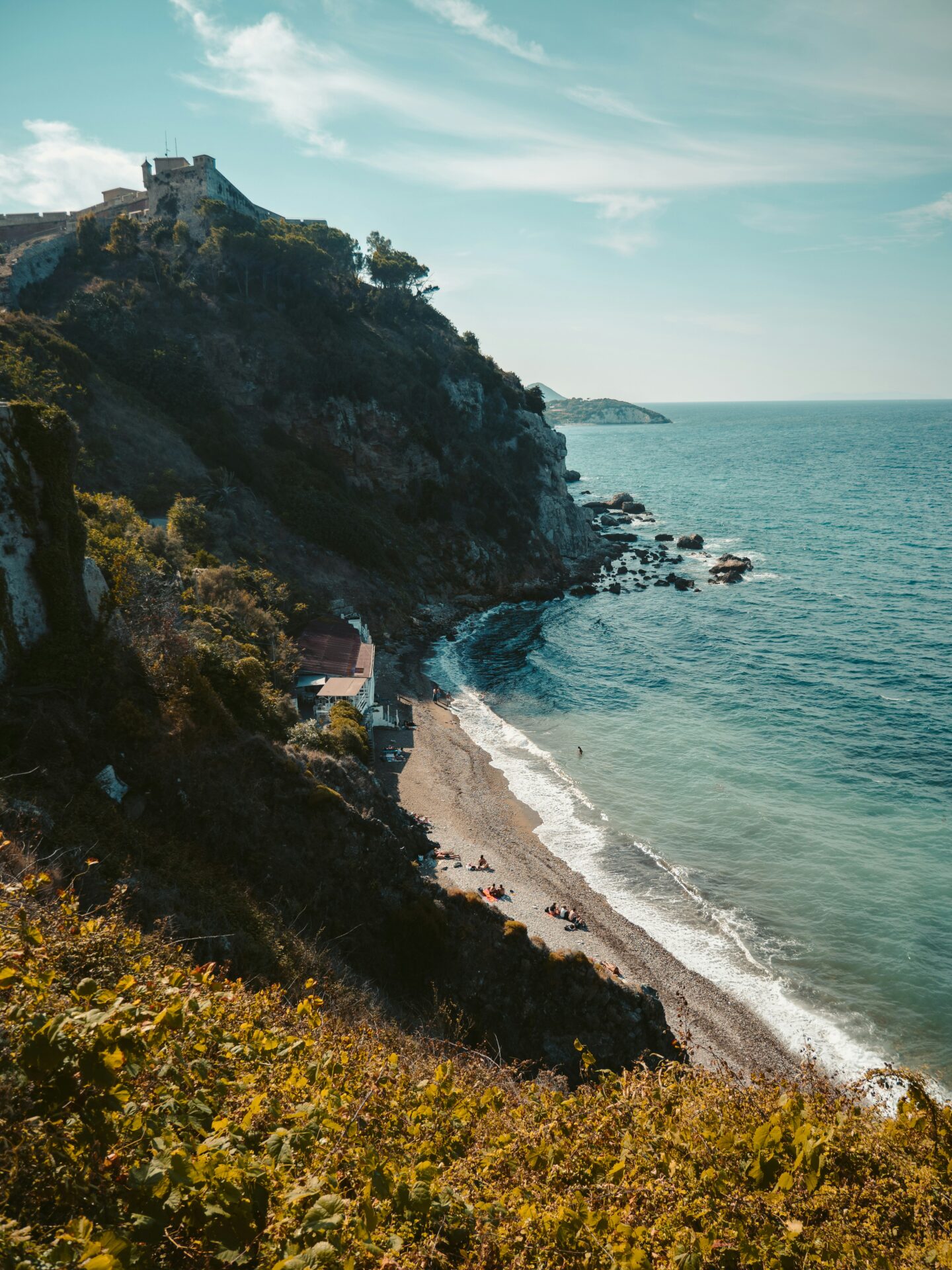
Capraia: A Dive into Natural Beauty
Capraia emerged from volcanic activity millions of years ago, giving it a dramatic landscape unlike its neighbors. The island’s western coastline features stunning red cliffs that plunge directly into deep blue waters.
Hiking trails criss-cross this small island, with the path to the former agricultural colony offering the best views. I spent hours photographing wildflowers that blanket the hills in spring.
The waters surrounding Capraia are part of the protected marine reserve, making it a paradise for diving. During my snorkeling session, I spotted colorful fish darting among Neptune grass meadows.
With just one small village housing about 400 residents, Capraia offers peaceful seclusion. The harbor fills with sailboats in summer, but venture inland and you’ll likely have trails to yourself.

Montecristo: Unveiling the Mystery
Made famous by Alexandre Dumas’ novel “The Count of Monte Cristo,” this island remains one of the Mediterranean’s most protected areas. Access is extremely limited, with only 1,000 visitors permitted annually through guided tours.
I was fortunate to secure a spot on one of these rare excursions. The island is completely uninhabited except for caretakers, preserving its unique ecosystem of wild goats and rare plants.
The highlight was hiking to the 645-meter summit for views that haven’t changed since Dumas’ time. Crystal waters surround the granite mountain, with not a single modern structure visible.
Applying for permission to visit requires planning months in advance through the National Park authority. Despite the effort, witnessing this pristine wilderness was truly worth every step of the complicated process.
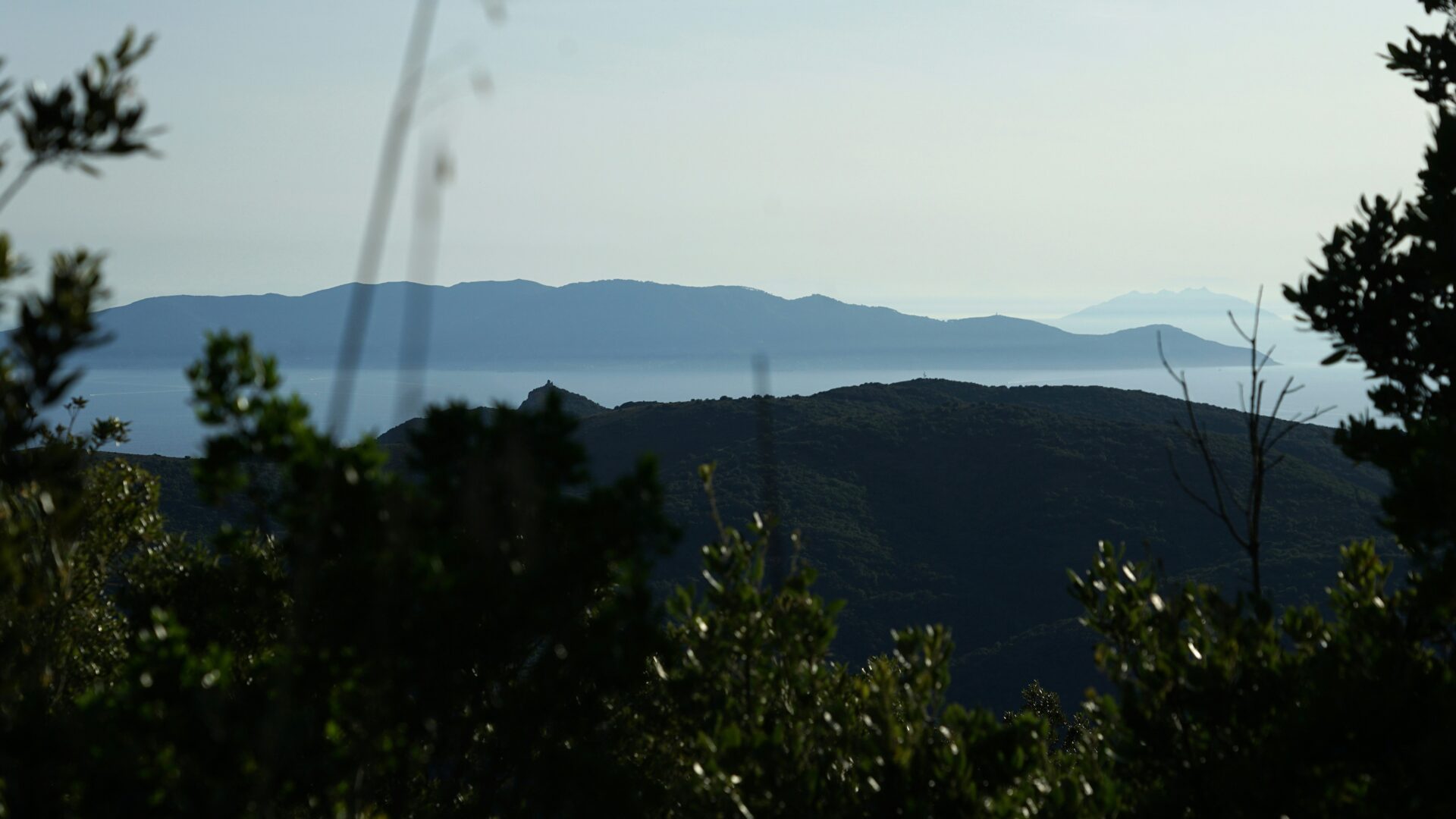
Cultural Treasures Between Land and Sea
The Tuscan Archipelago isn’t just about stunning beaches and crystal waters – it’s a region rich with cultural heritage that spans centuries of human history. These islands and their mainland access points offer a remarkable blend of architectural wonders, artistic traditions, and historical significance.
Pisa and Livorno: Gateways to the Archipelago
I always recommend spending a day exploring Pisa before setting sail to the islands. The iconic Leaning Tower draws crowds, but the entire Piazza dei Miracoli deserves your attention. This UNESCO World Heritage site houses the magnificent Duomo with its striking marble façade that gleams in the Tuscan sun.
Livorno surprised me with its character – a port city with a network of canals reminiscent of Venice but with its own distinct personality. Walking through the Venezia Nuova quarter, I discovered hidden gems around every corner. The city’s Mercato Centrale is perfect for sampling local delicacies before your island adventure.
From both cities, regular ferries depart to the archipelago, making them perfect starting points for your journey.
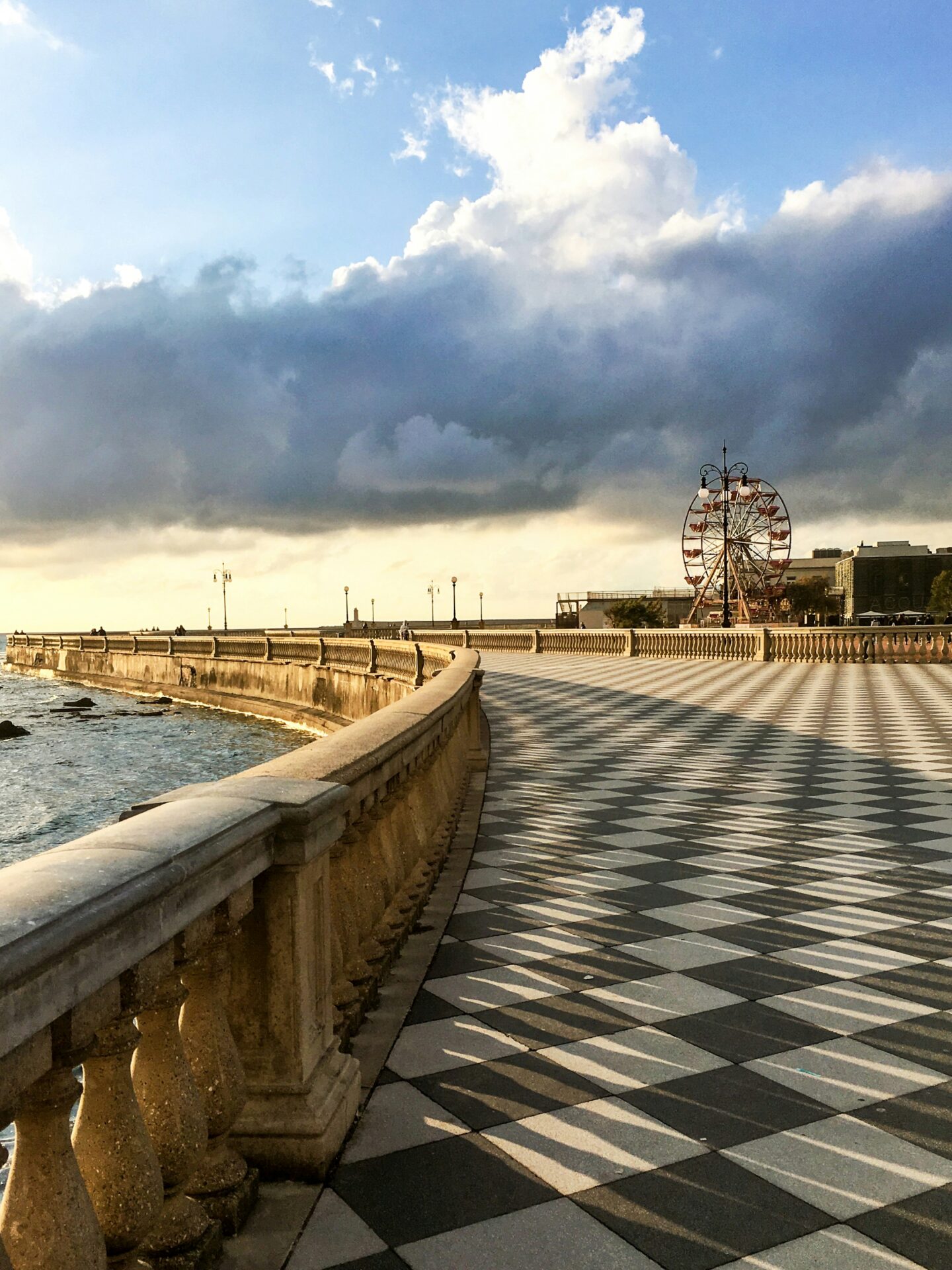
Architectural Wonders and Historic Museums
The islands themselves host remarkable architectural treasures that tell stories of their complex past. On Elba, Napoleon’s residences – Villa dei Mulini and Villa San Martino – offer fascinating glimpses into his brief exile.
Portoferraio’s fortifications, built by the Medicis in the 16th century, showcase impressive military architecture. I spent hours wandering through these massive structures, imagining life during Renaissance times.
The Archaeological Museum in Portoferraio houses artifacts dating back to Etruscan and Roman periods. What impressed me most were the maritime exhibits that connect the islands’ past to their seafaring identity.
Must-Visit Architectural Sites:
- Forte Stella in Portoferraio
- Volterraio Castle on Elba
- The charming historic center of Giglio Castello

The Artistic Soul of Tuscany
The archipelago has long inspired artists drawn to its unique light and dramatic landscapes. Pietrasanta on the nearby mainland is known as Tuscany’s “City of Art,” where sculptors still work with marble from the same quarries used by Michelangelo.
I discovered that many island towns host summer art festivals featuring local and international artists. The blend of traditional craftsmanship and contemporary expression creates a vibrant cultural scene.
On Elba, artisanal workshops produce everything from ceramics to jewelry, often incorporating materials and motifs from the island environment. Many offer demonstrations where you can watch skilled craftspeople at work.
The islands’ artistic heritage extends to culinary arts too. Local wines like Elba Aleatico pair beautifully with regional specialties, creating a feast for all senses.

Natural Escapes and Outdoor Adventures
The Tuscan Archipelago is a paradise for outdoor enthusiasts with its diverse landscapes and protected natural areas. The islands offer endless opportunities to connect with nature through well-maintained trails and stunning coastal views.
Hiking Through the Tuscan Archipelago National Park
I discovered that the Parco Nazionale dell’Arcipelago Toscano spans across Livorno and Grosseto provinces, protecting these seven island jewels. The park features an impressive network of trails that showcase the islands’ unique flora and fauna.
On Elba, I hiked the path to Monte Capanne, the highest point in the archipelago. The panoramic views of the Tyrrhenian Sea were absolutely worth the climb!
The smaller islands offer equally rewarding trails. Giglio’s rugged terrain provides challenging hikes through Mediterranean scrub, while Capraia’s volcanic landscapes create an otherworldly hiking experience.
Spring is my favorite time to explore these trails, when wildflowers carpet the hillsides and the weather is perfect for outdoor activities. Many trails are well-marked with information about local plant species and wildlife you might encounter.
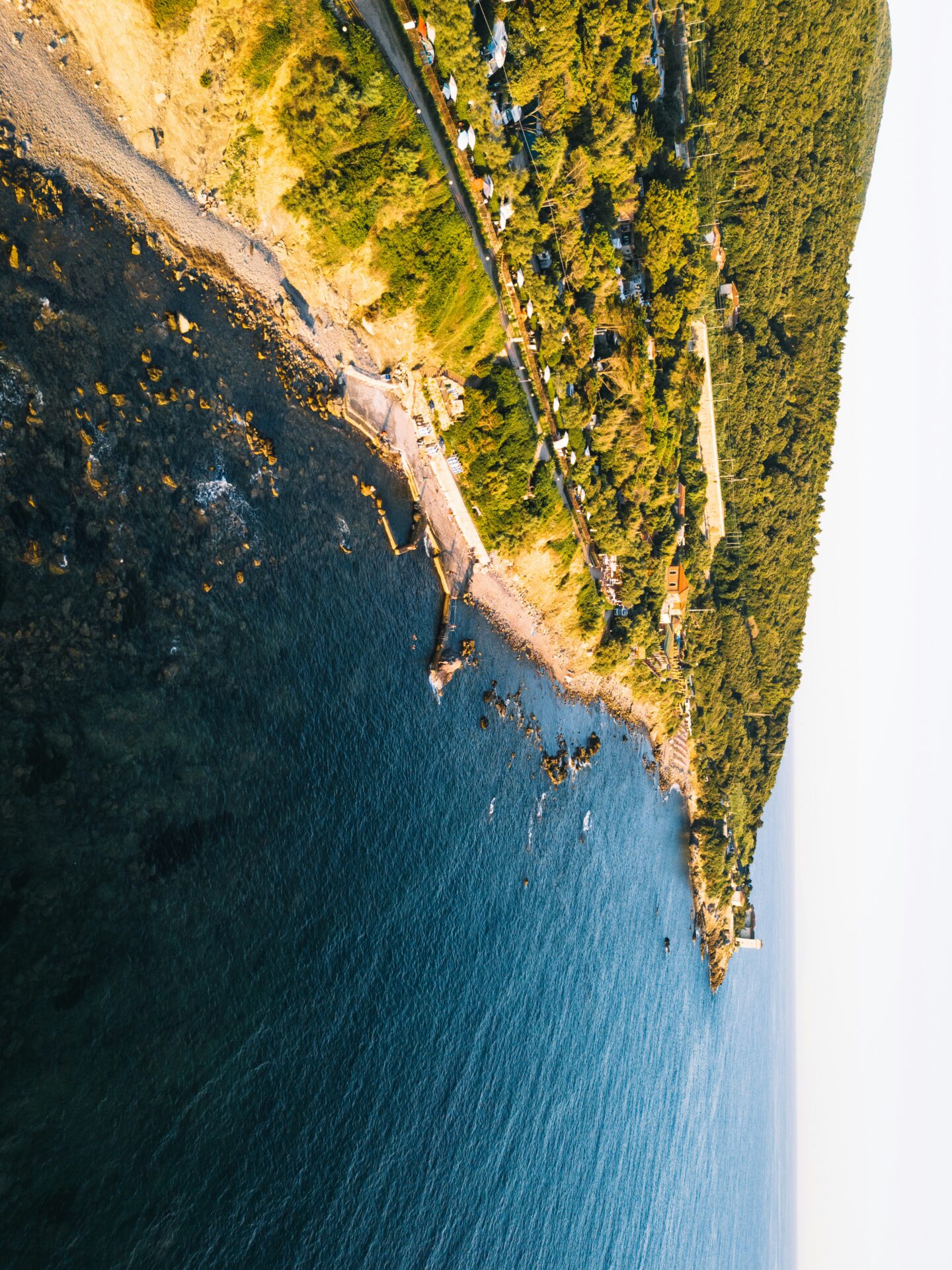
Cycling and Nature Trails
Cycling around the archipelago has been one of my most memorable experiences. Elba offers the most extensive network of cycling routes, ranging from coastal paths to challenging mountain trails.
I rented a mountain bike in Portoferraio and followed the western coastal route, stopping at hidden beaches along the way. The terrain varies from gentle slopes to steep climbs, offering options for cyclists of all levels.
The islands are home to remarkable biodiversity. During my rides, I’ve spotted native birds, wild goats, and countless butterfly species. The Mediterranean maquis shrubland creates a fragrant backdrop as you pedal through the landscapes.
Several tour operators offer guided cycling excursions that include stops at natural reserves and educational points. These guided tours are perfect for learning about conservation efforts in the archipelago.

A Taste of Tuscany: Food and Wine Experience
The Tuscan Archipelago offers a unique blend of island-inspired cuisine and traditional Tuscan flavors. From vineyard tours on Elba to hands-on cooking classes featuring fresh seafood and local ingredients, the islands deliver an unforgettable culinary journey.
Sampling the Flavors of Island Vineyards
The vineyards of the Tuscan Archipelago are a hidden treasure I discovered during my island-hopping adventure. Elba Island stands out with its terraced vineyards that produce distinctive wines influenced by the sea breeze and mineral-rich soil.
I was amazed to find that winemaking here dates back to Etruscan times. The Aleatico wine, a sweet red variety unique to Elba, quickly became my favorite afternoon treat while watching the sunset.
Many vineyards offer tastings where you can sample island wines alongside those from mainland regions like Chianti and Montalcino. The contrast between the bold Sangiovese grapes of Chianti and the island’s lighter, sea-influenced varieties creates a fascinating tasting experience.

Gastronomy Tours and Cooking Classes
Food tours across the islands gave me a deeper appreciation for the unique blend of mainland and island culinary traditions. Fresh seafood dominates many menus, but I also found traditional Tuscan specialties adapted with local twists.
Several operators offer day trips that combine visits to San Gimignano and Pienza on the mainland with return boat journeys to the islands. These tours let you experience the full spectrum of Tuscan cuisine in one delicious journey.
I highly recommend joining a cooking class on Giglio Island. I learned to prepare fresh pasta with seafood using techniques passed down through generations. Many classes include market visits where you’ll select ingredients alongside locals.
The island’s restaurants often feature Tuscan classics like ribollita and pappa al pomodoro, but prepared with island-grown tomatoes and herbs that give them a distinctive flavor profile you won’t find elsewhere.

Planning Your Tuscan Archipelago Trip
Organizing a visit to this stunning island chain requires some thoughtful preparation to make the most of your experience. These seven islands offer unique adventures, with some having restrictions that need advance planning.
Accommodation and Travel Tips
I’ve found that staying on Elba gives you the most options. It’s the largest island with plenty of hotels, B&Bs, and vacation rentals. During my last trip, I booked a small apartment in Portoferraio that made a perfect base for day trips.
Getting to the islands requires ferries from mainland ports like Piombino (for Elba) or Porto Santo Stefano (for Giglio and Giannutri). Book these in advance, especially during summer months! The smaller islands have limited accommodations, so plan accordingly.
For visiting the restricted islands of Pianosa, Gorgona, and Montecristo, you’ll need permits and guided tours booked well ahead of time. These islands have limited visitor numbers to protect their ecosystems.
Renting a car on Elba is helpful, but the smaller islands are best explored on foot or by bicycle. Pack light – you’ll be doing plenty of walking!

Best Times to Visit and Seasonal Events
I recommend visiting between May and June or September to October. During these shoulder seasons, the weather remains pleasant. Crowds are thinner, and prices more reasonable than the July-August peak.
Summer brings vibrant festivals to the islands, especially on Elba. The Napoleon celebrations in May commemorate the emperor’s exile here. In September, Capraia hosts a sailing regatta that fills the harbor with colorful boats.
Winter visits have their charm too – you’ll find peaceful landscapes and empty beaches, though ferry schedules become limited and many restaurants close. The mild Mediterranean climate of the Tyrrhenian Sea keeps temperatures reasonable year-round.
Spring brings wildflowers that carpet the islands in color. This makes it perfect for hiking the trails above Giglio or exploring Giannutri’s natural reserves.

